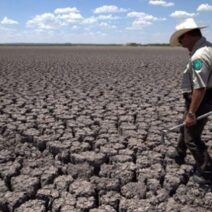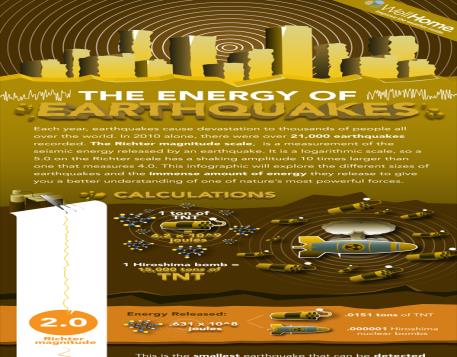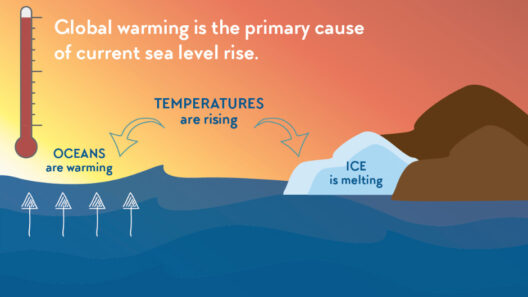The inexorable march of climate change has engendered a plethora of concerns regarding the future of our planet. As the temperature gradient rises across the globe, the question looms: Is it possible for Earth to bounce back from global warming? This inquiry encapsulates not only scientific curiosity but also human hope and responsibility. The phenomenon of global warming is undeniably an existential crisis that requires urgent attention, yet it also presents an opportunity for introspection and innovation in environmental stewardship.
Firstly, the crux of global warming lies in its anthropogenic roots. Human activities—primarily the burning of fossil fuels, deforestation, and industrial processes—have elevated greenhouse gas concentrations in the atmosphere. These gases, chiefly carbon dioxide and methane, create a thermal blanket that traps heat, leading to a cascade of climatic perturbations. Understanding this causal linkage is imperative to discerning the potential for recovery. The Earth’s natural resilience is often underestimated; ecosystems have historically demonstrated remarkable adaptive capacities. However, this resilience faces unprecedented strain under the current trajectory of environmental degradation.
One cannot overlook the astonishing ability of nature to rejuvenate itself. The concept of ecological succession illustrates this phenomenon. When an area faces severe disturbances, such as wildfires or volcanic eruptions, the landscape often regenerates over time, restoring its biological diversity and structural complexity. This restoration is not solely limited to terrestrial ecosystems; marine environments, too, display resilience. Coral reefs, though currently besieged by bleaching events, have shown the ability to recover given improved water quality and reduced thermal stress. This observation suggests that mechanisms of recovery exist, albeit they are increasingly jeopardized by persistent human influence.
Yet, the tempo of recovery is not solely dependent on ecological factors; socio-political will plays an equally critical role. Policymakers worldwide are beginning to acknowledge the imperatives for climate action. International agreements such as the Paris Accord represent cohesive global efforts to mitigate greenhouse gas emissions. However, the gap between scientific recommendations and political action remains significant. For Earth to bounce back, a synergistic approach that integrates scientific ingenuity with robust policy frameworks is vital. Without such integration, nature’s own recovery processes may be thwarted.
Moreover, technological advances present a beacon of hope in the battle against climate change. Renewable energy technologies, such as solar and wind power, have matured, reducing dependency on fossil fuels. Carbon capture and storage (CCS) technologies offer a means to mitigate existing emissions. Additionally, practices such as reforestation and afforestation can sequester carbon dioxide, thereby addressing both atmospheric concentrations and biodiversity loss. These strategies merely scratch the surface of potential innovations in climate resilience. However, the deployment of such technologies requires not only investment but also societal acceptance and readiness to transition towards sustainable practices.
Interestingly, the cultural dimensions of environmental action are equally as significant. Public awareness and advocacy have surged in recent years, spearheaded by grassroots movements driven by youth and concerned citizens. This social momentum can catalyze change at multiple levels, influencing both policy and consumption habits. Increasingly, the ethos of sustainability is permeating mainstream consciousness, prompting a reevaluation of norms surrounding energy use and waste production. Such behavioral shifts, if sufficiently widespread, may form the backbone of a broader societal transformation necessary for ecological recovery.
While optimism is essential, it is crucial to recognize the limitations of Earth’s resilience. The tipping points within various ecosystems—such as the Arctic ice melt and the Amazon rainforest dieback—underscore the urgent need for immediate and effective action. These tipping points act as precursors to irreversible damage that may obliterate the existing balance of nature. It is essential to preempt the crossing of these thresholds, as the ramifications could extend far beyond localized ecosystems, affecting global weather patterns and food security.
Furthermore, adaptation must be coupled with mitigation efforts. As climate variability intensifies, communities must prepare for adverse impacts such as extreme weather events and sea-level rise. The evolution of adaptive strategies in urban planning, agriculture, and disaster response will be pivotal in safeguarding human and ecological health. By prioritizing adaptive resilience, societies can better navigate the tumultuous waters of climate change while simultaneously fostering an environment conducive to natural recovery.
In conclusion, while Earth possesses inherent mechanisms for resilience and recovery, the pressing reality of global warming demands a multifaceted approach. The interrelationship between ecological systems, technological innovation, and socio-political dynamics cannot be overstated. Every action taken today influences the trajectory of tomorrow. Therefore, a collective resolve—encompassing individuals, communities, governments, and industries—is quintessential. If humanity embraces its role as a steward of the planet, the possibility of a renaissance for Earth, even in the face of adversity, becomes not just a theoretical hope, but a tangible goal. Ultimately, the question shifts from whether it is possible for Earth to bounce back from global warming, to what we are willing to do to facilitate that recovery.








